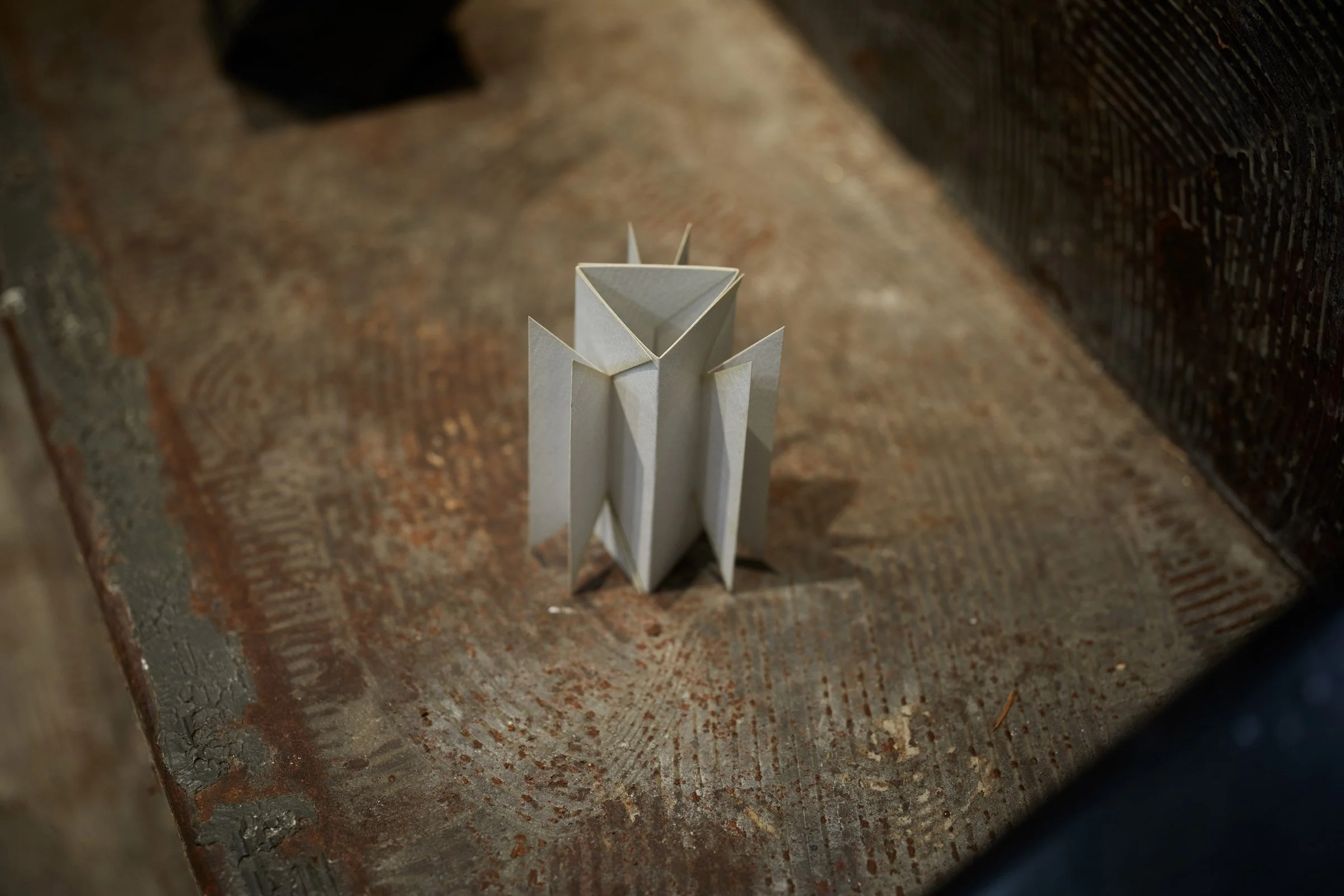Getting to Know Teruhiro Yanagihara

Working with Japanese artisans and manufacturers to create bespoke objects for an international audience, prolific product and interior designer Teruhiro Yanagihara collaborates with a host of international partners and is the creative director of ceramics brand 1616 / arita japan
Image by Anneke Hymmen
Design Anthology: When did you realise you wanted to be a designer?
Teruhiro Yanagihara: I’ve known I wanted to be a designer since I was 18, in my third year of high school. After graduation I decided to study space and furniture design at the Osaka University of Arts in Osaka, Japan.
When did you start your own design practice, and did you work elsewhere before?
I graduated from university in 1999 and established my studio in 2000. I worked in architecture and design offices when I was a student, but I didn’t work for any other studios after graduating.
How did your relationship with 1616/ Arita Japan come about, and what does your role as creative director involve?
My first encounter with the brand was in 2011, when the founder of 16/16 Arita Japan, Noriyuki Momota, invited me to design a showroom in Tokyo. Mr Momota wanted to change the image of Arita, which has been a porcelain manufacturing town for 400 years. To achieve this, it was decided that not only the shop’s interiors but also the tableware itself needed to be revamped as a new brand. We decided to establish this new brand during our very first meeting, and as creative director I was in charge of not only the design of the vessels, but also all of the other aspects like naming, concept, graphics, international exhibitions and the selection of other designers would call on to help redesign the brand’s products.
Can you tell us about your inspiration behind the collection you designed for them?
Historically, Arita had specialised in using traditional Japanese painting designs and graphics, but these designs were difficult to use in modern Japanese life. I aimed to create pieces with simple shapes that allow the users to adapt them to different uses and foods depending on where they are in the world.
What about the glassware collections for Kimura Glass, what was your thought process behind that design?
I have designed two series for Kimura Glass. One is the Slant series, where the glasses are all slightly tilted, and the other is a series of sake glasses, named Junmai, Happo and Tokkuri, inspired by the spread of sake around the world. I designed the glasses to be elegant vessels that blend into the table setting, and each design is inspired and named after different types of sakes.
You’re also an interior designer, can you tell us about some of the spaces you’ve designed?
I designed a special suite for Bijuu hotel in Kyoto, where I used materials such as brick, stone and solid wood, and placed a bathtub in the middle of the room. For Farmoon, chef Masayo Funakoshi’s restaurant in Kyoto, I created an atrium within an old Japanese house and finished it with plaster and terrazzo made of sand and soil from the mountains of Kyoto.
I also designed the flagship store for Japanese cosmetics brand THREE, where I wanted to emphasise the power of natural materials like stone, solid wood, terrazzo and iron.
How different do you find the process of designing a space to designing a product?
When I design a product, I think of the space in which it will be placed, and when I’m designing a space, I think of the products that will be placed within it. To me, space and products are always interrelated.
What are you currently working on and what’s next for you?
In future I want to research natural materials and work on the concept of reinterpreting history in my designs. I would like to design spaces that are rooted in the land and an understanding of climate and history, instead of spaces that can be created anywhere using new building materials.
Fortunately, I’m already working on this idea — I designed the 1616/ Arita Japan showroom that opened in Arita in May 2020, and am working on a new project on Awaji Island, which according to the Shinto creation myth was the first of Japan’s islands to be created
Image by Takumi Ota
Image by Takumi Ota
Image by Takumi Ota
Image by Casper Sejerson
Image by Casper Sejerson
Image by Casper Sejerson
Image by Takumi Ota
Image by Takumi Ota
Image by Takumi Ota
Image by Takumi Ota
Image by Takumi Ota
Image by Takumi Ota


















